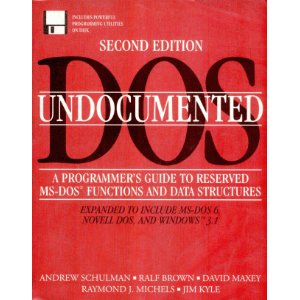There is a generic concept generally called a “handle” in the context of computer software APIs. In the comments you have probably found a link to the Wikipedia article on that subject.
You are dealing with a specific implementation of a handle data type — the IBM PC/DOS file handles returned from the int 0x21 interface. If you would like to learn more about these specific file handles, you might want to consult the book Undocumented DOS, which details the in-memory data structures which allow you to investigate these handles further.
Another specific type of handle is the file descriptor returned from the POSIX-standard interface named open(). This function is implemented in the C run-time library on platforms such as Linux, Windows NT, Mac OS, and many other systems. The integer returned from a call to open() may not be a negative number.
Unless you are running under DOS, your file handles are probably provided by the Windows NT Operating System. These file handles are returned from CreateFile() (which is used to open as well as create files), and the only illegal value for a handle returned from this function is INVALID_HANDLE_VALUE. I.e., the Windows NT API may return what would be considered (via casting) a “negative” integer, although it has opened the file.
In all of these cases, the file handle is used to refer to some data structure that keeps track of how the file is open. One important thing which is tracked is the current file position. The position or pointer is set in POSIX by the lseek() function and is read by the tell() function. Any read() or write() takes place from the position of the current file pointer.
Your program can open the same file under two different handles. In this case, the file pointer for each handle is distinct. Updating the file pointer of one handle using lseek() will not affect the file pointer of the other handle to the same file.

